Fatty Liver Disease: A Complete Guide
Overview
Due to dietary changes, metabolic disorders, and lifestyle choices, fatty liver disease—a disorder marked by an abnormal accumulation of fat in the liver—has grown more prevalent. This article offers a comprehensive overview that covers every aspect of fatty liver disease.
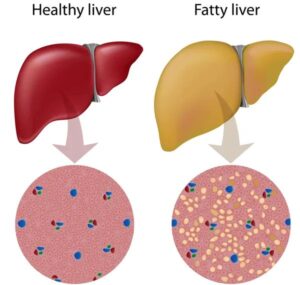
Fatty liver disease: what is it?
When fat builds up in liver cells in excess of the liver’s capacity to digest it, fatty liver disease results. If left untreated, this can lead to serious liver damage, inflammation, and impaired liver function.
There are two main types of fatty liver disease:
Alcoholic Fatty Liver Disease (AFLD): A condition brought on by consuming too much alcohol.
Metabolic disorders frequently cause non-alcoholic fatty liver disease (NAFLD) in people who drink little to no alcohol.
Fatty liver disease causes
Excessive alcohol consumption interferes with the liver’s natural fat metabolism, leading to the development of Alcoholic Fatty Liver Disease (AFLD).
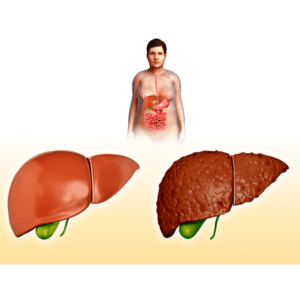
NAFLD, or non-alcoholic fatty liver disease
The metabolic syndrome, which consists of high blood pressure, insulin resistance, obesity, and dyslipidemia (abnormal lipid levels), is frequently associated with non-alcoholic fatty liver disease (NAFLD).
Other typical reasons are as follows:
Obesity causes liver cells to store more fat.
Type 2 diabetes: Modifies metabolism and increases the amount of fat in the liver.
A sedentary lifestyle raises the risk of NAFLD and obesity.
Poor Diet: Fatty liver disease is associated with diets heavy in sugar, saturated fats, and processed foods.
Risk Elements
Certain lifestyle and genetic variables raise the risk of fatty liver disease:
Age: As one ages, risk increases.
Genetics: A family history of liver disease makes a person more vulnerable.
Metabolic Disorders: Conditions like diabetes, obesity, and high cholesterol increase the risk of developing non-alcoholic fatty liver disease (NAFLD).
 Sleep Quality: Liver dysfunction and the advancement of disease have been connected to inadequate sleep.
Sleep Quality: Liver dysfunction and the advancement of disease have been connected to inadequate sleep.
Fatty liver disease symptoms
At first, fatty liver disease may show no signs at all. But when it worsens, the following signs and symptoms could appear:
Early symptoms include modest weight loss, upper abdominal pain, and fatigue.
Advanced symptoms include mental disorientation, abdominal edema, jaundice (yellowing of the skin and eyes), and severe weight loss.
Making a diagnosis
To diagnose fatty liver disease, doctors use a variety of tests to assess the liver’s health and function.
Imaging Examinations:

Ultrasound uses high-frequency sound waves to identify fatty liver.
Although it is not specific to fat levels, a CT scan provides detailed images.
MRI: Using magnetic fields, it creates detailed images that reveal fat accumulation.
Blood Examinations:
When increased, the enzyme levels ALT and AST show damage to the liver cells.
Additional Enzyme Indicators include gamma-glutamyl transpeptidase (GGT) and alkaline phosphatase (ALP).
Liver Biopsy:
Under a microscope, a conclusive diagnostic procedure measures the amount of fat and inflammation in a tiny sample of liver tissue.
Fatty liver disease stages
Each stage of the disease’s progression denotes a growing amount of liver damage:
The first stage of steatosis is when too much fat accumulates without generating noticeable inflammation.
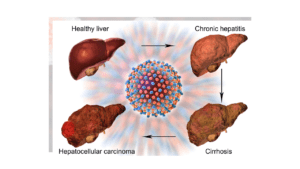
Steatohepatitis: Inflammation further damages liver cells.
Fibrosis: When inflammation persists, scar tissue develops.
Cirrhosis: When advanced scarring replaces healthy liver tissue, it leads to liver dysfunction and eventual failure.
The consequences of fatty liver disease
If treatment for fatty liver disease is not received, it can lead to serious side effects such as
Liver failure occurs when liver function deteriorates to the point where medical attention is required.
Liver Cancer: Hepatocellular carcinoma, a form of liver cancer, is more likely to occur when there is ongoing inflammation and cell turnover.
Options for treatment
The mainstays of treatment for fatty liver disease are medication, lifestyle modifications, and, in extreme situations, surgery.
Interventions in Lifestyle


Nutrition & Diet: Fruits, vegetables, healthy grains, lean meats, and foods low in sugar and saturated fats are all part of a liver-friendly diet.
Exercise: Frequent exercise enhances metabolic health and lowers liver fat.
Steer clear of alcohol: Avoiding alcohol is crucial in AFLD because it can stop the disease’s progression.
Drugs
Despite the scarcity of FDA-approved drugs for fatty liver disease, associated disorders such as diabetes and high cholesterol often recommend them. Recent studies are looking into novel drugs that might precisely address inflammation and the buildup of liver fat.
Operation
Surgery may be necessary at more advanced stages.
An alternative for end-stage liver disease is a liver transplant.
Bariatric Surgery: Patients with obesity-related NAFLD may benefit from weight loss surgery, which lowers liver fat and enhances liver health in general.
Avoidance
Maintaining a healthy lifestyle is the main goal of preventive measures, which reduces the risk of fatty liver disease.
Healthy Diet: A diet high in whole foods and low in saturated fats and refined sugars promotes liver health.
Frequent Exercise: Exercise enhances metabolic function and helps avoid obesity.
Regular Health Examinations: Frequent examinations lower the risk of developing fatty liver disease by identifying metabolic problems early.

Dietary Guidelines
Consumables: Leafy greens are low in calories and high in fiber.
Whole Grains: Quinoa, brown rice, and oats are excellent sources of vital nutrients.
Lean Proteins: Fish, poultry, and lentils promote healthy muscles without adding too much fat.
Healthy Fats: Nuts, avocado, and olive oil may have anti-inflammatory properties and encourage fullness.
Foods and Drinks to Steer Clear of: Fruit juices and soft drinks cause the liver to store more fat.
Processed foods frequently contain trans fats, which are harmful to the liver.
High-Fat Meats: Consuming fatty meats like bacon, sausages, and others raises your intake of saturated fat.
New research and upcoming treatments
Research is progressing due to the emergence of novel medicines and treatments.
Gene therapy: According to preliminary research, gene editing may aid in controlling the liver’s metabolism of fat.
Novel Drugs: A number of medications undergoing clinical trials aim to reverse some of the symptoms of fatty liver disease by addressing inflammation and fibrosis.
Regenerative Medicine: Scientists are investigating how liver regeneration methods and stem cells can offer fresh approaches to treating liver illness.
Particular populations affected by fatty liver disease
Different populations may be affected by fatty liver disease in different ways:
Children: Researchers have linked childhood obesity to a rise in pediatric NAFLD. Early lifestyle changes are essential.
Pregnant Women: Despite being rare, pregnancy can lead to acute fatty liver and other liver issues that require close observation.
Seniors: Regular screenings are crucial since age-related metabolic changes may increase the risk.
FAQs
What is fatty liver disease’s main cause?
The main causes are metabolic diseases, including obesity and diabetes (for NAFLD) and alcohol (for AFLD).
Is it possible to reverse fatty liver disease?
Changes in lifestyle can typically reverse the early stages. Advanced stages require more intense therapies.
How do doctors diagnose fatty liver disease?
We use imaging, blood tests, and occasionally a liver biopsy to confirm inflammation and fat accumulation.
Which foods are best to stay away from if I have fatty liver disease?
Limit processed, high-fat, and high-sugar foods that cause the liver to become fat.
Is fatty liver disease a serious health risk?
Advanced fatty liver disease can cause life-threatening complications like liver failure and cancer, but the early stages are tolerable.
What symptoms indicate advanced fatty liver disease?
Jaundice, edema in the abdomen, disorientation, and extreme weight loss are among the symptoms.
In conclusion
Untreated fatty liver disease can develop silently and lead to serious health problems. People can safeguard their liver health and reduce the risk of consequences related to fatty liver disease by leading a healthy lifestyle, getting frequent screenings, and keeping up with new treatments.
 https://analytics.google.com/analytics/web/#/analysis/p405220706
Skip to content
https://analytics.google.com/analytics/web/#/analysis/p405220706
Skip to content 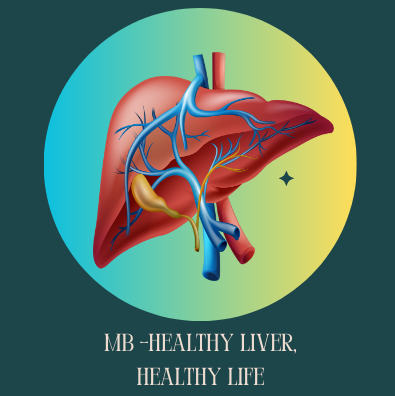
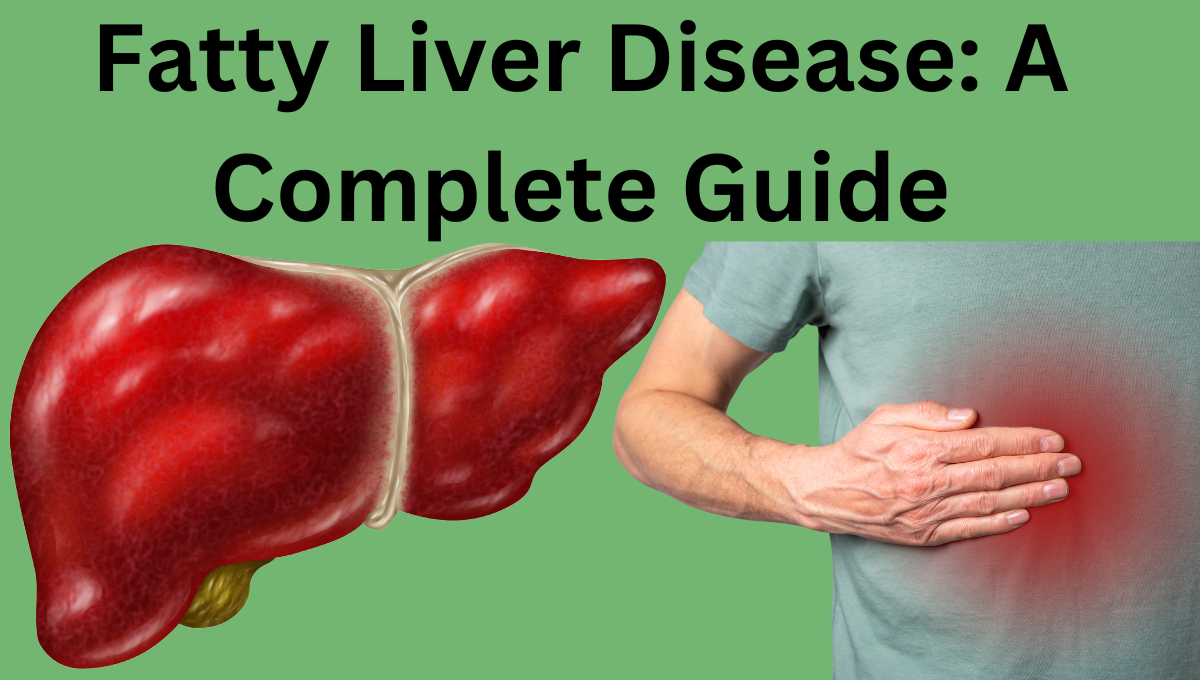
8 thoughts on “Fatty Liver Disease: A Complete Guide”